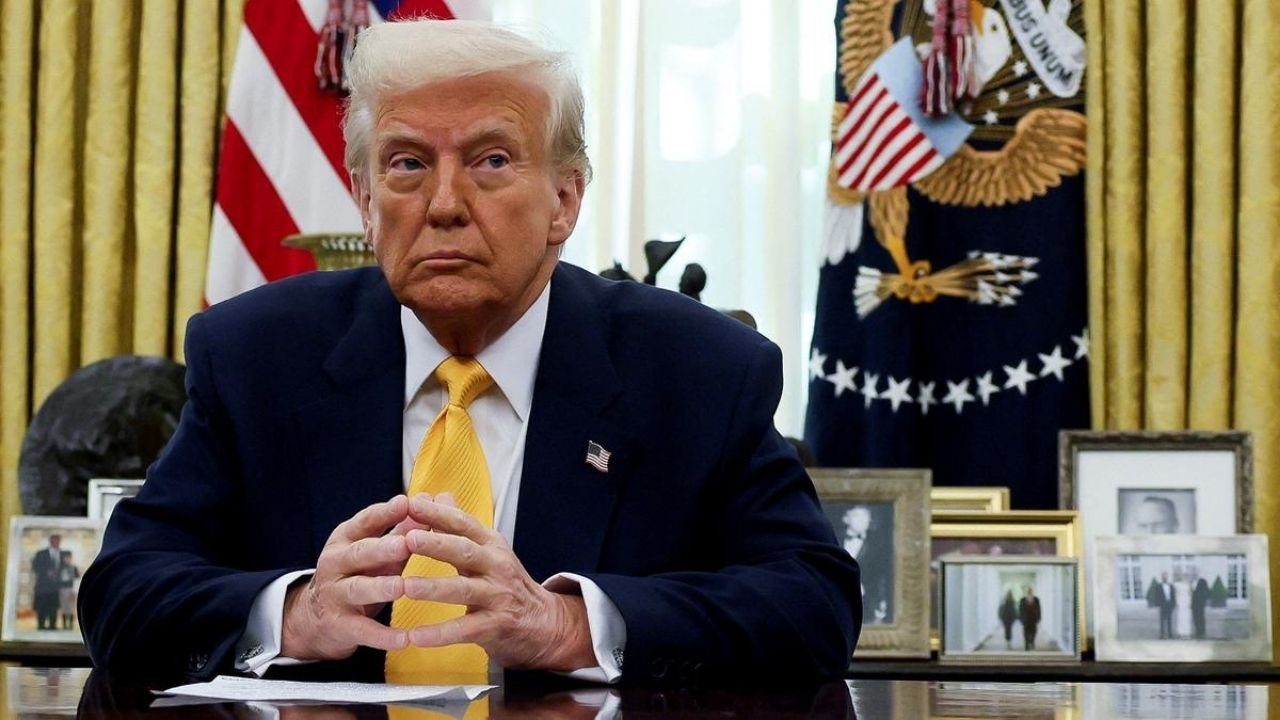One of the reasons behind Washington’s punitive price lists on New Delhi is that US President Donald Trump is miffed with India for ignoring his so-known as role in brokering a peace address Pakistan following the military war in May, stated former diplomat Vikas Swarup. The former High Commissioner to Canada, who is additionally a renowned creator, described the USA’ current relationship with Pakistan as a brief-time period, tactical arrangement pushed largely with the aid of monetary hobbies, whilst stressing that US-India ties continue to be strategic.
In an interview with the information corporation ANI, Swarup lauded New Delhi’s selection not to fall down to the Trump administration’s strain in exchange talks and stated US President Donald Trump’s price lists will ultimately cause ratcheting up inflation in America.
Tariff Escalation: A Snapshot
U.S. President Trump has dramatically raised tariffs on Indian imports to 50%, citing New Delhi’s continued purchases of Russian oil as a national security threat. This includes an additional 25% “secondary tariff” layered atop an existing 25% duty.
India’s Ministry of External Affairs dismissed the move as “unfair, unjustified and unreasonable,” pointing out that other major Russian oil importers—like China—have not been similarly penalized.
Frustration Over Ceasefire Credit: The Ex-Envoy Speaks
Former Indian diplomat Vikas Swarup revealed that one factor in U.S. frustration stems from India’s refusal to credit Trump for mediating a ceasefire with Pakistan:
“Trump is miffed at our repeated snubbing of his role as the chief architect of the ceasefire between India and Pakistan.” Trump has repeatedly claimed he “stopped the war” between India and Pakistan, a claim Delhi has publicly denied . While Pakistan acknowledged these claims and reportedly even nominated Trump for a Nobel Peace Prize, India firmly dismissed any external mediation.
This perceived slight—Trump’s alleged peacekeeping role being ignored—has arguably contributed to the punitive trade measures.

Diplomatic Fallout and Context
Analysts and officials highlight that this tariff escalation isn’t just about oil—it’s emblematic of a broader breakdown in U.S.–India relations.
- Strategic and diplomatic rift: Long-standing warmth between Trump and Modi has soured, with media describing the steep tariffs and ceasefire claims as contributing to a ‘bromance ending.
- Geopolitical alignments: India’s membership in BRICS and its closer ties with Russia and China have exacerbated U.S. alarm. As Swarup points out, Trump sees BRICS as “anti-American,” fostering an alternative to the dollar-based global order.
Broader implications:
- Domestic backlash: Punjab farm companies burned Trump effigies in protest, arguing the price lists had been hypocritical for the reason that the U.S. And EU still import other Russian commodities.
- Economic vulnerability: Experts at institutions like ICRIER and former RBI Governor Subbarao warning that such steep payment lists could threaten India’s export competitiveness, exchange balance, and economic balance.
- Strategic waft: The geopolitical outcomes of this fallout chance transferring India’s strategic orientation even in addition toward Russia and China, doubtlessly weakening Western-aligned multilateral systems just like the Quad.
Conclusion
What might also appear externally as a coverage-driven alternate dispute over energy imports is, in component, fueled by using non-public frustration and symbolic disrespect. Trump’s belief that he played a central peacekeeping role unnoticed with the aid of India has morphed into financial retaliation.
This complex mix of diplomatic spats, strategic alignments, and home posturing paints a more difficult, more transactional technology in U.S.–India family members. As the fallout deepens, each capitals may additionally need to navigate through tough recalibration or chance a sustained divergence.

